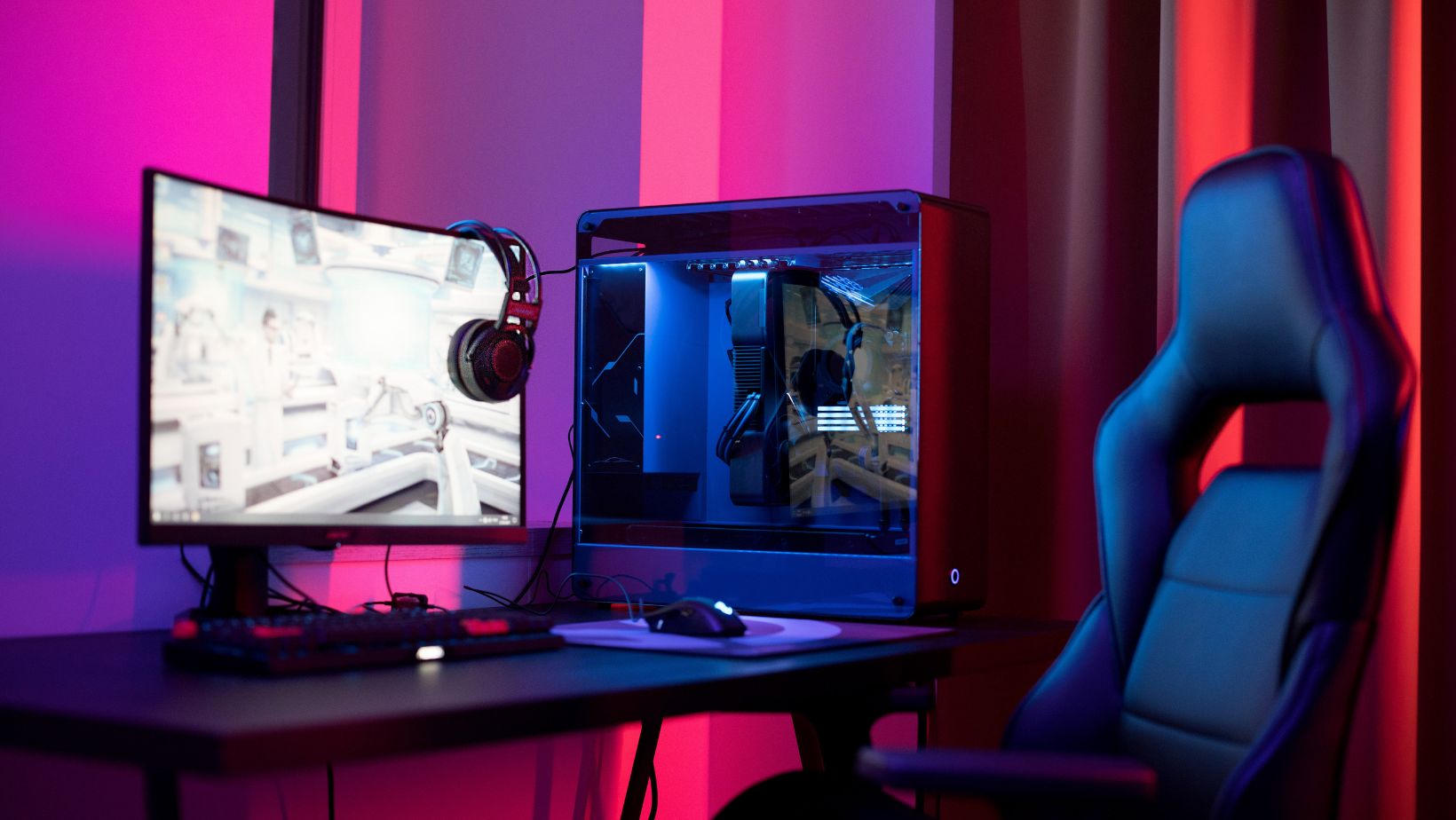Video games have never stayed the same for long. What started as simple arcade machines with pixelated characters has turned into an industry that shifts with every new piece of technology.
Some of these shifts happened gradually, while others came out of nowhere and reshaped everything. Looking at where gaming started and where it is now, it’s clear that the industry keeps moving in directions no one could have predicted.
Evolving to Meet Player Demands
Developers and platforms have had to adapt quickly to shifting player expectations. With online communities and instant feedback, gaming companies are now more aware of what their audiences want and are making changes based on those demands. This is evident in the way live-service games receive continuous updates, balancing changes, and new content based on player feedback.
A clear example is No Man’s Sky, which launched in 2016 to criticism but has since been transformed through major updates, all influenced by player requests. Similarly, Fortnite and Apex Legends constantly introduce new skins, game modes, and mechanics based on community input.
This focus on user-driven improvements is not limited to traditional gaming. It’s also visible in the online casino world, where the growing number of platforms has led to constant innovation. With more players looking for variety and quality, online casino sites are expanding their game selections and introducing new features to stay competitive.
However, with so many choices available, it can be overwhelming to find the right platform. This is where review sites like casinojager.com come in, offering guides that help players navigate the market and choose providers that align with their preferences.
Esports Has Redefined Competitive Gaming
Esports has turned video games into something much bigger than just a way to pass the time. What started with small competitions at local arcades has grown into a worldwide industry with professional teams, sponsorships, and tournaments that fill entire stadiums.
Some of the biggest events pull in millions of viewers, with prize pools that rival traditional sports.

Games like League of Legends, Counter-Strike 2, and Dota 2 have built competitive scenes that run year-round, shaping how modern games are developed and played.
The demand for organized, skill-based competition has pushed studios to focus on balancing mechanics, introducing ranked systems, and making sure every update keeps the competition fair. Esports is no longer just a niche part of gaming, it is a driving force behind how the industry continues to grow.
The Rise of Interactive and Player-Driven Games
Video games used to follow a straightforward path. Players moved from one level to the next, following a set storyline with little room to change the outcome. Now, games are designed to adapt to the player, shaping stories, environments, and challenges based on choices and actions.

Open-world games and interactive storytelling have replaced rigid structures, letting players decide how they want to play instead of following a strict path. Titles like The Witcher 3: Wild Hunt and Cyberpunk 2077 give players control over conversations, quests, and even how entire factions react to them.
Two players can go through the same game and have completely different outcomes, making the experience feel personal. Games are no longer just about finishing a story or reaching the final level. They are shifting toward worlds that respond to the player, making every session unique.
As a gaming enthusiast, have you ever dreamed of incorporating your passion into your daily life? Now, you can achieve this with Custom Lapel Pins Canada.

You can customize pins featuring your favorite game characters, logos, or classic quotes. Whether pinned to a backpack or stored away, these badges become a symbol of your gaming passion.
GSJJ’s customization service allows you to design a unique pin in minutes, allowing you to express your personality even in the gaming world.

